
Scientists have led the first assessment of naturalised, invasive and potentially invasive plant species present in Laikipia County, Kenya, which hosts the highest populations of endangered large mammals in the country.

Scientists have led the first assessment of naturalised, invasive and potentially invasive plant species present in Laikipia County, Kenya, which hosts the highest populations of endangered large mammals in the country.
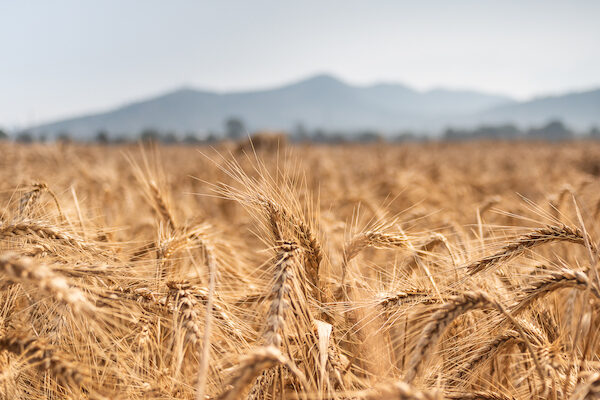
A team of scientists has completed one of the largest genetic analyses ever done of any agricultural crop to find desirable traits in wheat’s extensive and unexplored diversity.
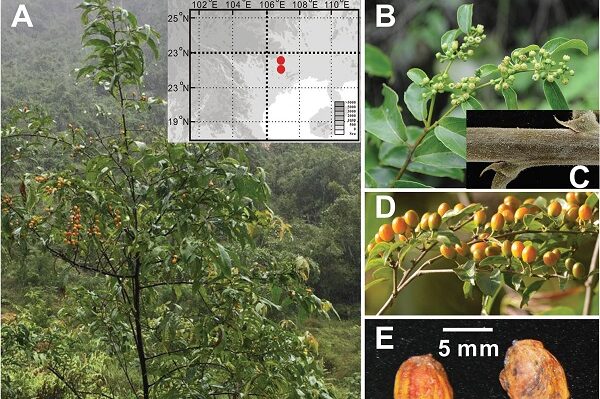
Rhamnella in the family of Rhamnaceae is a small genus. To date, 10 species have been accepted into this genus. In field investigations, researchers found two Rhamnella populations from southwest Guangxi that belonged to the evergreen group but could not be ascribed to any of the evergreen Rhamnella species.
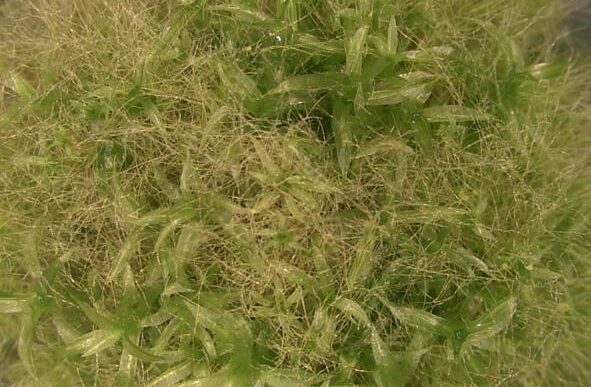
Arginine metabolism boosts to make a plant body complex, according to new research by a collaborative team in Japan. The findings might lead to a new understanding of amino acid metabolism with a specific role in plant morphogenesis.
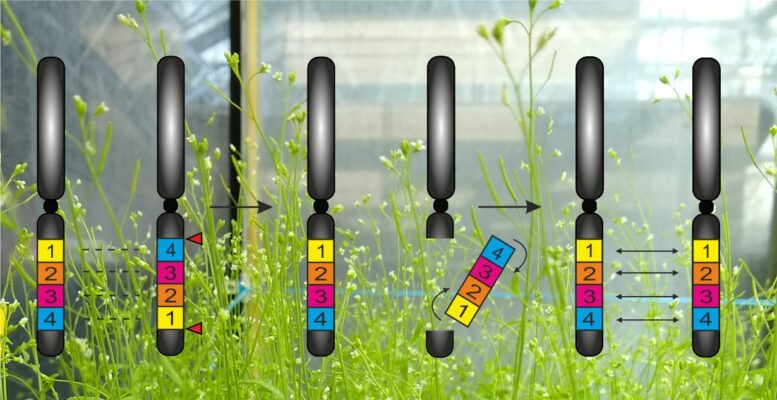
For the First Time, Researchers Use CRISPR/Cas Molecular Scissors to Recombine Genes on a Chromosome. A new application of the CRISPR/Cas molecular scissors promises major progress in crop cultivation.
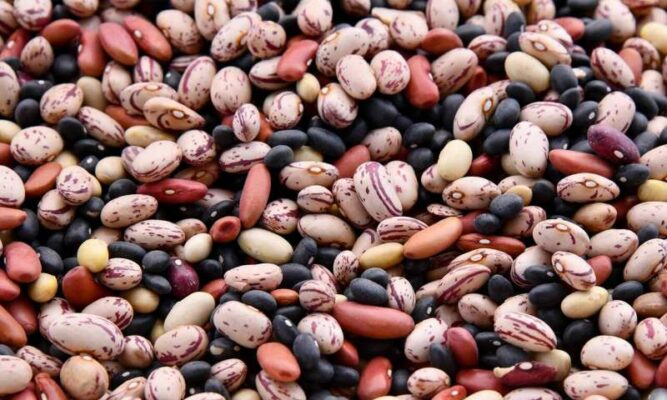
Scientists have characterized a sucrose transporter protein found in common beans. The recently discovered protein could help us understand how beans tolerate hot temperatures.

Researchers have discovered a link between defensive responses in plants and the beautiful but devastating crop parasite witchweed. The new study shows that both parasitic and non-parasitic plants can detect and react to a class of organic compounds called quinones. While parasitic plants sense quinones in their prey and use it to invade, quinones trigger defensive responses in non-parasitic plants that can protect them from bacteria and other microbes.

Agricultural system is the major source of greenhouse gas nitrous oxide (N2O) emissions. Application of polymer-coated urea and urease and/or nitrification inhibitor has the potential in reducing soil N2O emissions.

Imagine working on a jigsaw puzzle with so many pieces that even the edges seem indistinguishable from others at the puzzle’s centre. The solution seems nearly impossible. And, to make matters worse, this puzzle is in a futuristic setting where the pieces are not only numerous, but ever-changing. In fact, you not only must solve the puzzle, but parse out how each piece brings the picture wholly into focus.
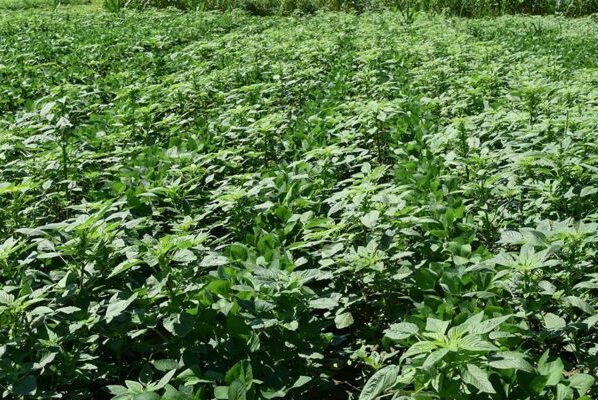
Representing some of the most troublesome agricultural weeds, waterhemp, smooth pigweed, and Palmer amaranth impact crop production systems across the U.S. and elsewhere with ripple effects felt by economies worldwide. In a landmark study, scientists have published the most comprehensive genome information to date for all three species, marking a new era of scientific discovery toward potential solutions.